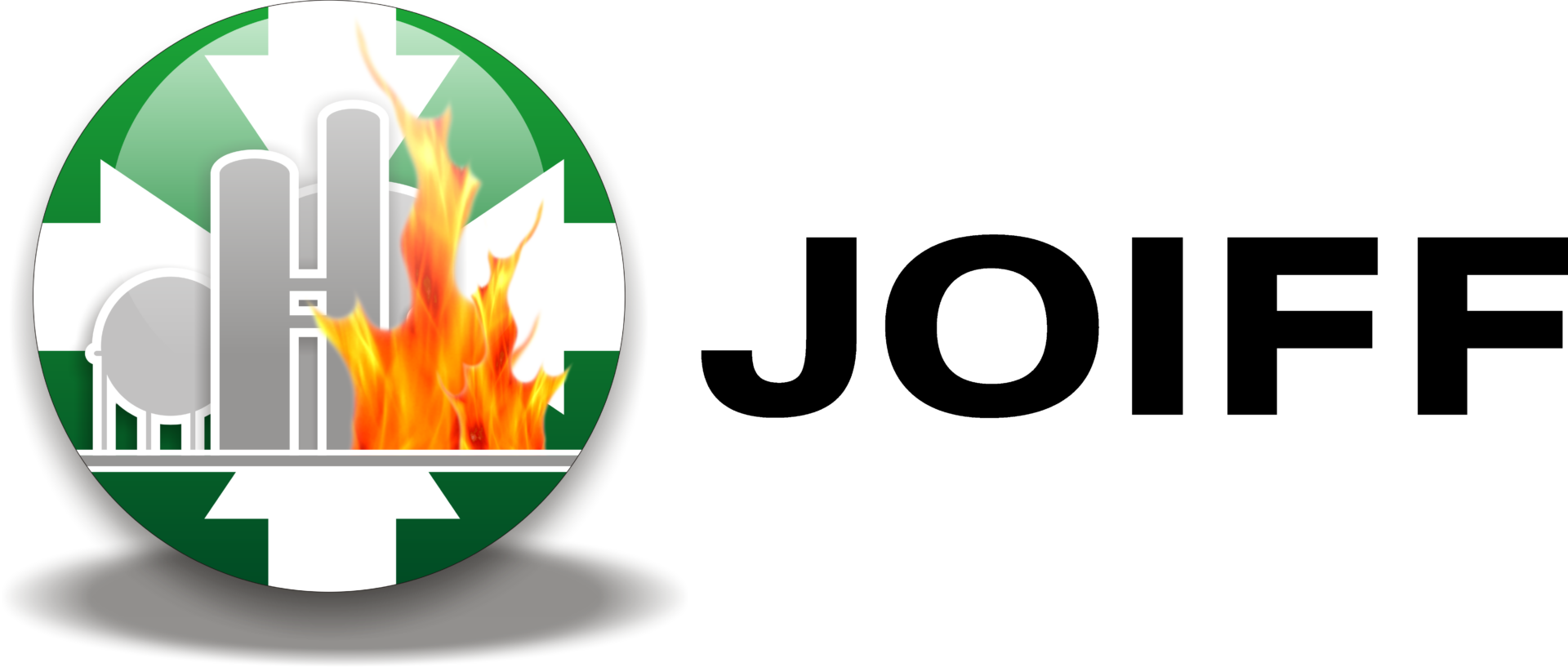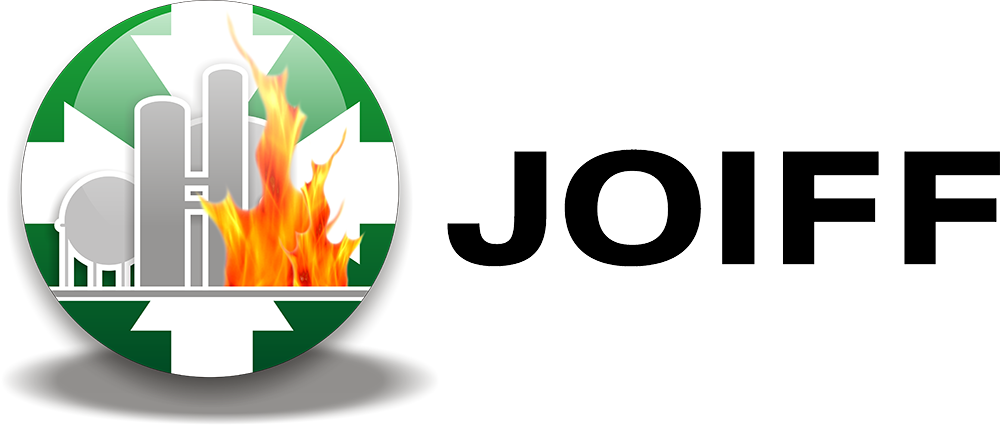Process Safety Beacon: Process upsets require focus
What happened – a process suddenly starts operating erratically and shuts down. It could be an instrument failure, but what really caused the upset?
During an unplanned shutdown, the focus may be on restarting the operation. Pressures to return the process to operation may not allow thorough troubleshooting. The quick solution is to ‘do what fixed it last time’. That can lead to other problems.
Also, normal operation has been interrupted. There may be extra people in the control room to assist with the restart. Maintenance people may be asking questions to determine the sequence of events that led to the shutdown. Field personnel may be receiving multiple requests for data or equipment status.
Trying to resolve the problem and return to operation deserves extra time to consider the safety concerns. The process could have changed before and during the shutdown; an analysis could identify potentially dangerous situations that need to be addressed during troubleshooting and restart operations.
Did you know?
▪ Most processes have a troubleshooting guide to determine the cause of the upset and provide solutions to fix it.
▪ Troubleshooting Instructions should also address how to safely diagnose the failure(s) and emphasize being safe while addressing the problem.
▪ Emergency shutdown and normal shutdown procedures may result in different process operating modes. Equipment condition and valve positions may not be the same after the process is stopped.
▪ A process that has been shut down for any reason needs an Operational Readiness Review, that is broader than a Pre-Startup Safety Review (PSSR).
▪ Companies may have different procedures for restarting a process after an emergency shut down and a normal shut down.
What can you do?
▪ Understand how the control systems work and the safe operating window of the process and what the process shutdown points are. ▪ Know how to quickly access the Troubleshooting Instructions for your processes. Occasionally review these instructions and the steps to diagnose process upsets.
▪ Address all the possible causes and consequences of process failures during hazards reviews. Some deviations may be more than a quality problem; they could be an unsafe situation.
▪ Follow the operational readiness checklist and verify all components are in the correct position BEFORE starting up.
Read the full study: click here
Image source: AIChE

